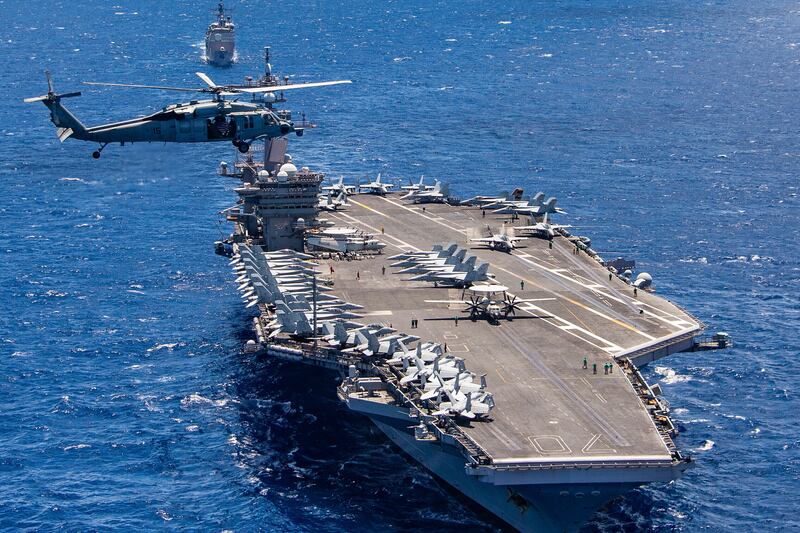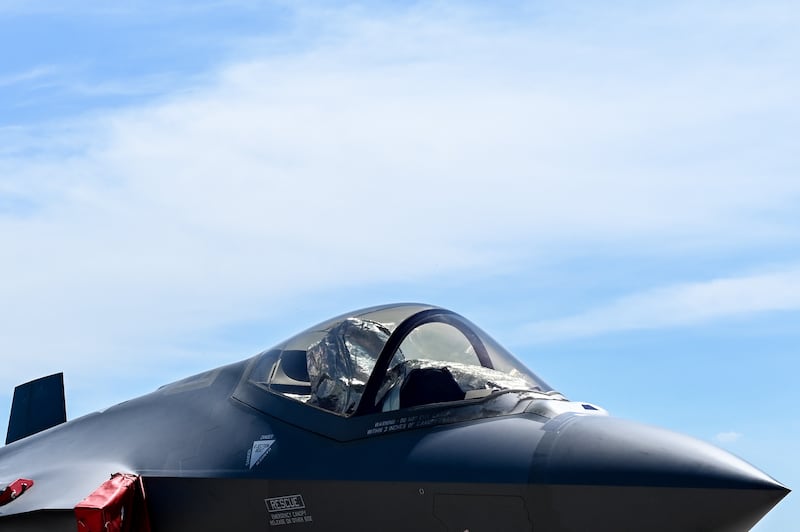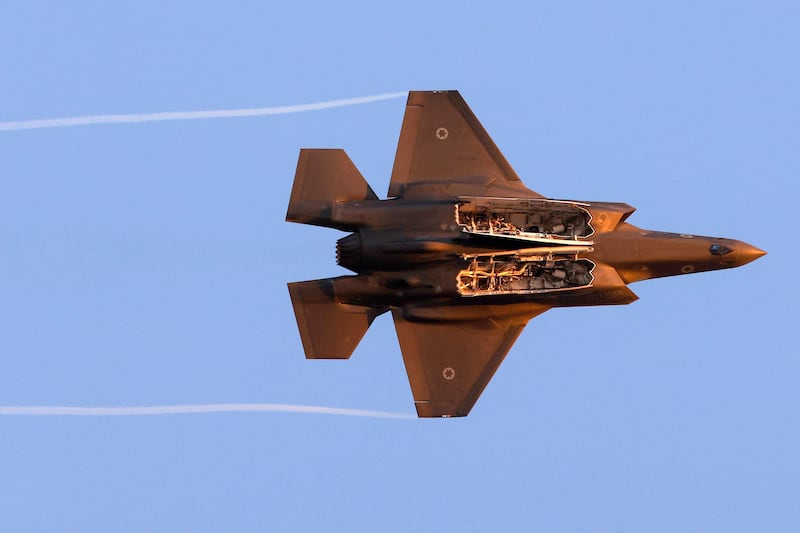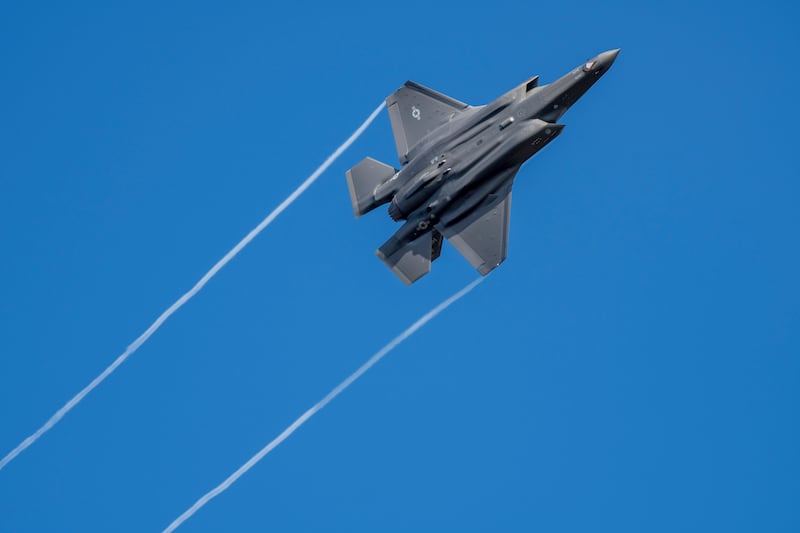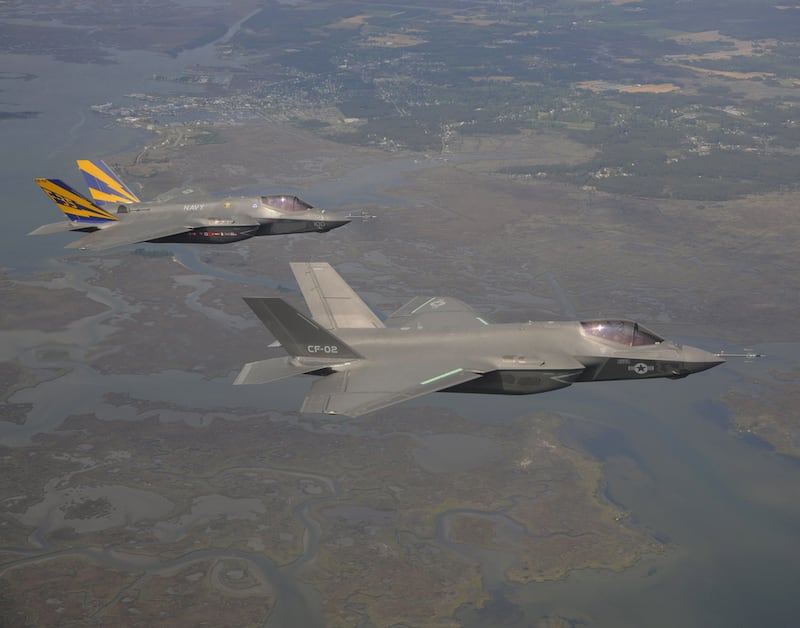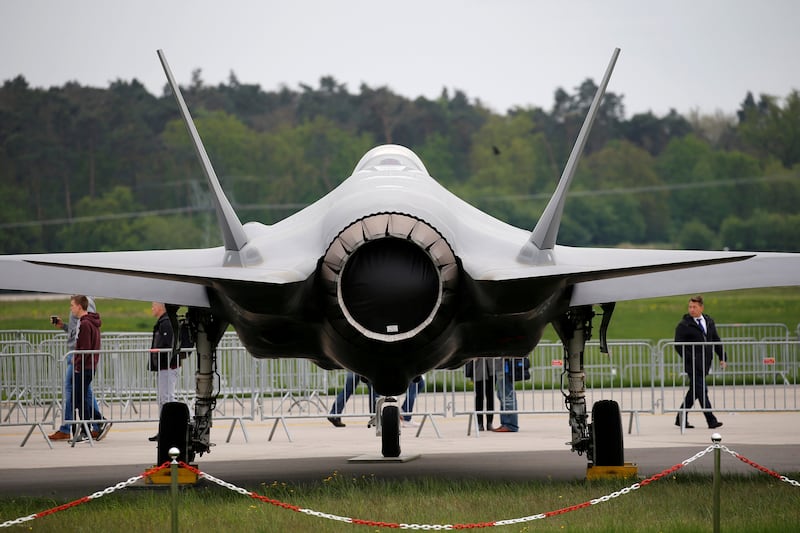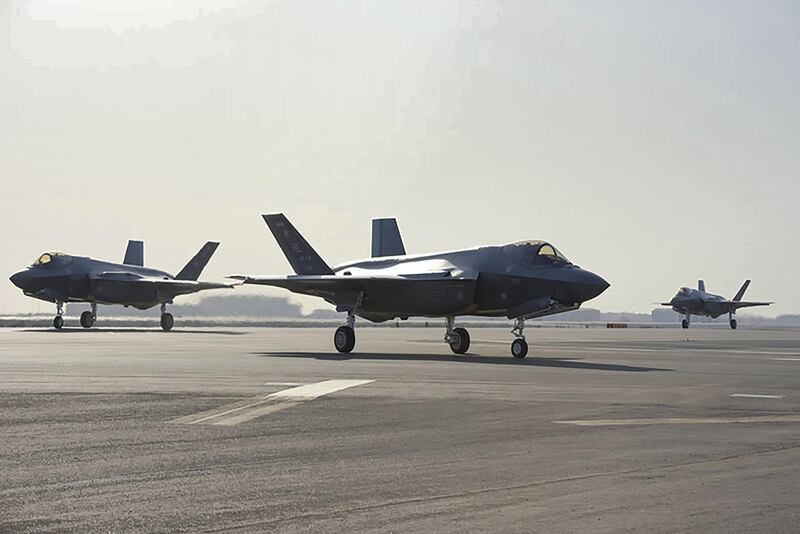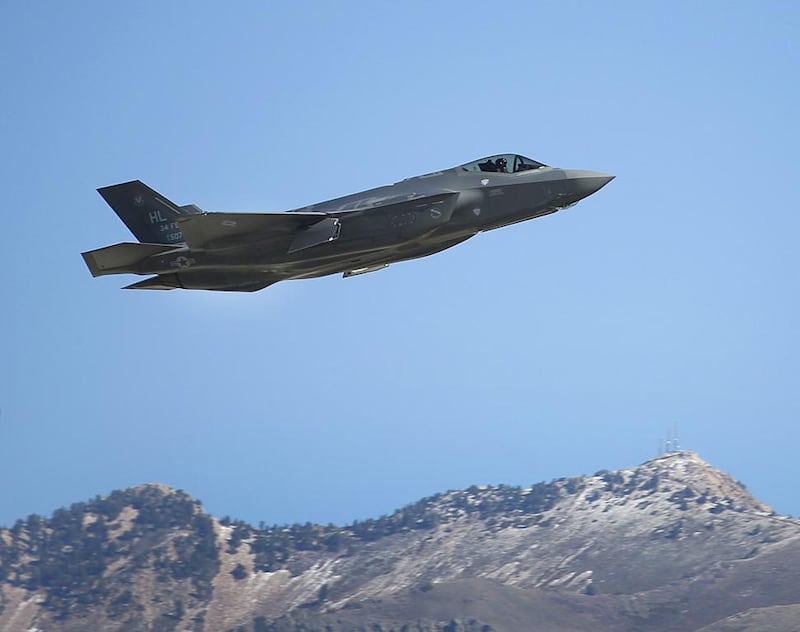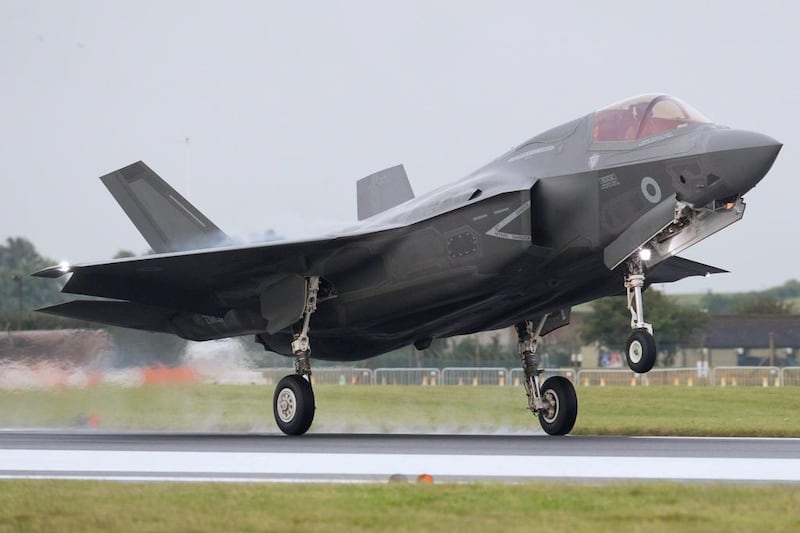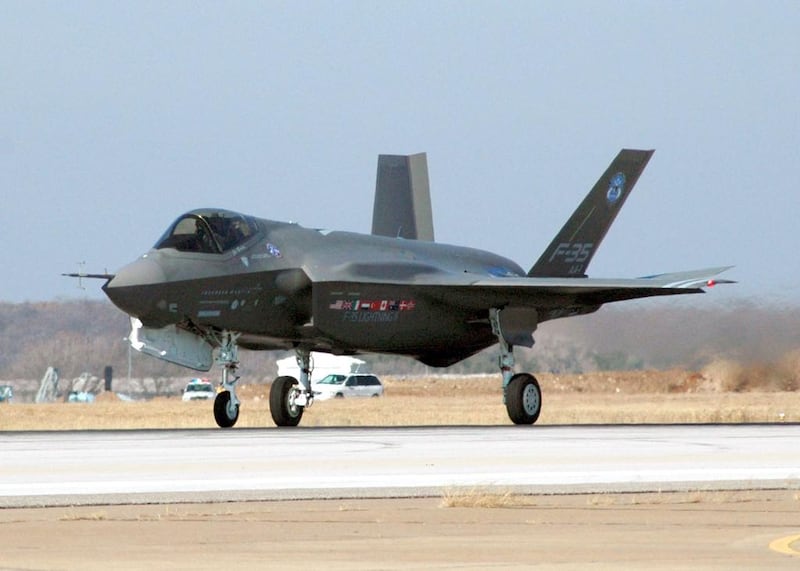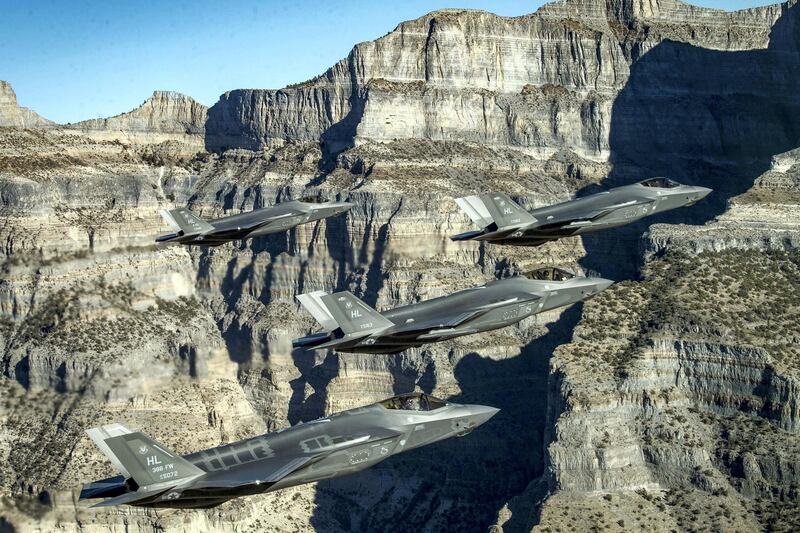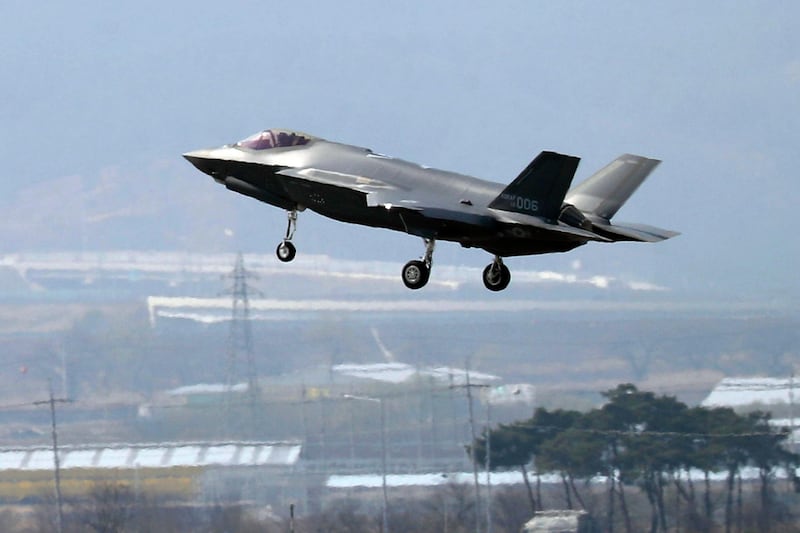The US Navy is scrambling to recover an F-35 that tumbled into the South China Sea during a routine attempt at landing on the aircraft carrier USS Carl Vincent.
The US Navy has not confirmed if the crash occurred in an area claimed by China as being within its territorial waters.
The pilot lost control of the $100 million aircraft, injuring seven men on the ship’s flight deck, including the pilot, who safely ejected.
The US Navy played down suggestions that China may attempt to recover the aircraft, potentially gaining access to its highly classified equipment, including encrypted communications systems and stealth coating.
'We cannot speculate on what the PRC's intentions are on this matter,” the Navy said. In the past, incidents where F-35s crashed at sea led to a scramble to find wreckage for fear that an enemy state might recover it first.
Salvage operations at depth require specialist equipment and sometimes dedicated vessels have to be called on to complete the operation.
This incident is the third time an F-35 was lost at sea. In December, an F-35 operated by the British Royal Navy’s Fleet Air Arm crashed into the sea during an attempted take-off.
An investigation into that incident is ongoing, but it is thought that the aircraft sucked an unsecured object into its air intake, causing the pilot to panic and abort take-off, before he lost control of the plane.
The US aircraft – an F-35C variant that has been specially modified for naval operations, became operational only in 2019, with plans to develop a “deep strike” capability, flying undetected into enemy territory.
It is expected that a salvage operation may now take weeks, especially because the aircraft will be largely intact – a significant intelligence haul, if the Chinese are daring enough to attempt to get close, perhaps using a submersible vehicle.
In April 2018, a Japanese F-35 crashed in the Pacific, an accident investigators said was the result of human error. No recovery effort was made, because the aircraft was said to have shattered into thousands of pieces on impact while involved in a high-speed aerial combat simulation.
Military aircraft crashes are not uncommon during training exercises or when a new aircraft is being tested.
Aircraft carrier operations are notoriously complex: in 2018, a Chinese aircraft carrier-based J-15 suffered a fatal crash, while in 2016, two aircraft on the Russian carrier Admiral Kuznetsov crashed in the space of a month, attributed to the failure of cables designed to slow down the landing aircraft.
